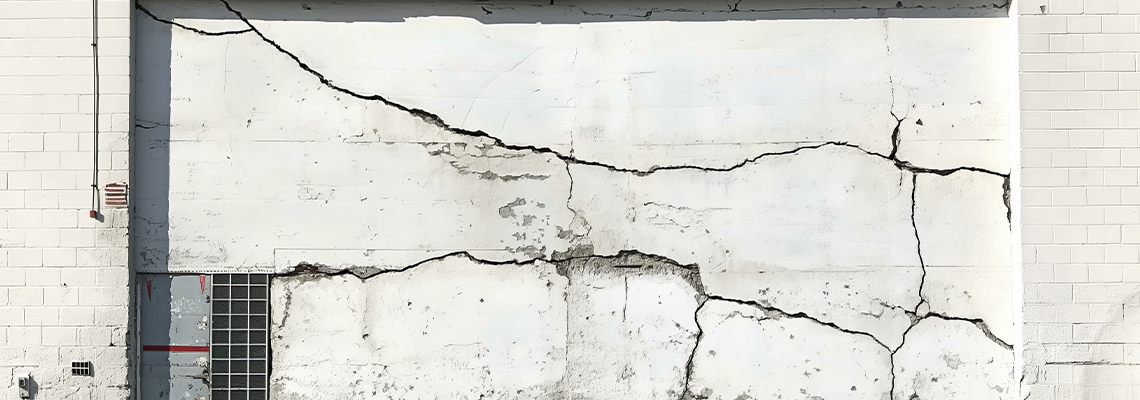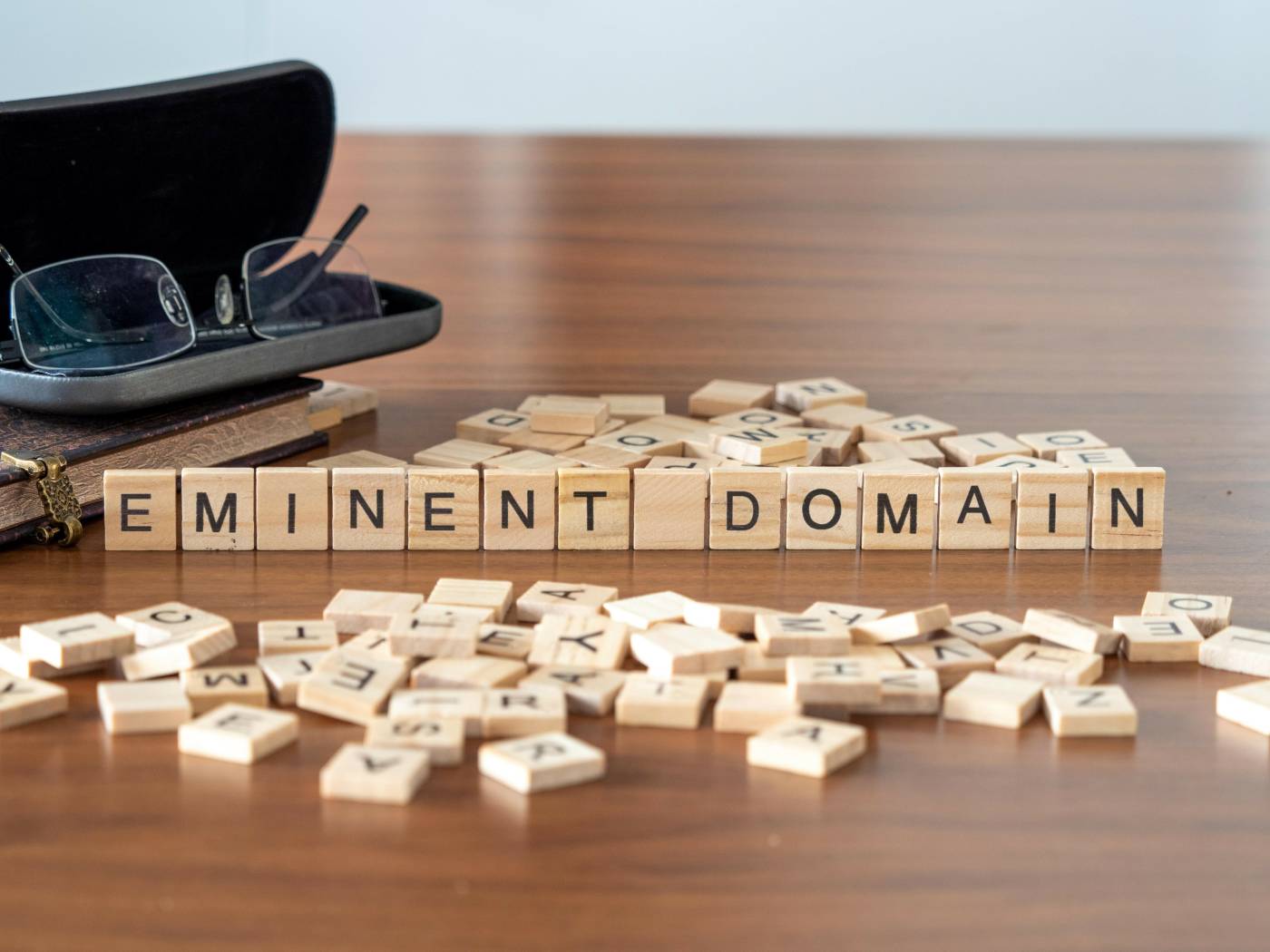In this article, our Ottawa civil litigation lawyer discusses the litigation process in Ontario, including the critical steps leading up to a trial or the resolution of a lawsuit.
Outline
The Legal System in Ontario
Types of law in Canada
Which law do Ontario courts operate under?
Definition Of Civil Litigation
Who are the players in civil litigation?
The steps in civil litigation in Ontario
Step One: Pleading and limitation dates
Step Two: Discovery
Step Three: Motions and summary judgement
Step Four: Pre-trial conference
Step Five: Trial
Step Six: Judgement and appeals
The Legal System in Ontario
Before you learn how the litigation process works in Ontario, it is crucial that you understand the court system and the types of law the courts operate under.
Types of Law in Canada
There are three types of law in Canada. These include:
Common law
Civil law
Indigenous law
Which Law Do Ontario Courts Operate Under?
The Courts in Ontario operate under the common law based on precedents. Precedents are prior decisions from higher courts, which are binding on all lower-level courts within Ontario. Even though decisions from courts in other provinces are not binding on Ontario courts, they can be used to persuade an Ontario court on a question of law.
Definition of Civil Litigation
The process through which a lawsuit is heard and concluded is called litigation. Civil litigation usually deals with contract disputes and/or other wrongful acts which result in injury or damage (torts). In Ontario, the civil litigation process takes a step-by-step approach and is governed by common law precedents and legislation.
Who Are the Players in Civil Litigation?
The main players involved in a civil action include:
The plaintiff, which is the party initiating the claim
The defendant, which is the party being sued
Lawyers who represent both parties, depending on the nature of the case
The Steps in Civil Litigation in Ontario
The step-by-step process and procedures that occur in the lead-up to a trial in Ontario courts are:
Filing deadlines and pleadings
Disclosure of documents and examination for discovery
Motions and summary judgement
Pre-trial conference
Step One: Filing Deadlines and Pleadings
A Statement of Claim is how a civil action begins.
When initiating a civil action, adherence to timelines and deadlines is extremely important to preserving your rights. These deadlines vary depending on the issue at hand. However, for certain types of civil actions, limitation dates are defined by provincial legislation as in contract and tort disputes where the limitation date is usually two years from the date one discovers they had suffered a loss. For instance, if you are injured in a car accident, you have two years to initiate a lawsuit from the day of the accident.
Suppose you fail to initiate a claim within the deadline. The court can refuse to hear your case, regardless of its merits. Once you initiate litigation, pleadings begin. Pleading begins with a statement of claim.
A statement of claim outlines the assertions that the plaintiff believes make their case against the defendant. The statement of claim, which must be filed with the court before the limitation date expires, must also be served on the defendant within six months of filing with the court. The defendant has twenty days from when they are served to respond with a statement of defence. The statement of defence addresses the allegations from the statement of claim, and the defendant specifies whether they agree, dispute or have no knowledge of the allegations.
Step Two: Disclosure of Documents and Examination for Discovery
Once the parties involved in a civil action have exchanged pleadings, the disclosure of documents and examination for discovery, also known as the discovery phase, begins. During the discovery phase in a civil action, each party receives and interrogates evidence and arguments the opposing side will use to argue their case.
In other words, the discovery phase allows each party to know what to expect from the opposing party without any surprises during the trial. For this reason, each party is required to disclose, to the opposing party, all documents in their possession that are relevant to the issues outlined in the pleadings. Such disclosure allows each party to construct and narrow their arguments and counterarguments and assess if some issues raised during pleading can be dealt with prior to trial.
Documents in Civil Litigation May Be Classified as Privileged and Can Include:
paper documents
recordings
emails
pictures
The Rules of Civil Procedure do not permit a party to rely on information from documents not disclosed during the discovery phase. All documents not classified as privileged must be handed to the opposing side for review.
Documents listed as privileged are those linked with receiving or giving legal advice between a party and their lawyer. Such records are not disclosed to the opposing party during the discovery phase as they are considered communication that must be protected to secure trust between a party and their lawyer. Nonetheless, a party must disclose the existence of a privileged document and specifically label it as privileged in the list of documents in their possession.
The Discovery Phase Also Includes Examinations for Discovery, During Which:
Parties are entitled to question the opposing party under oath, though not before a judge
Parties will be asked questions relevant to the issues in the civil action
Parties are expected to answer these questions honestly and to the best of their knowledge
Just like the disclosure of documents, the examination for discovery allows each party to hear the arguments and facts they will have to meet at trial.
Step Three: Motions and Summary Judgement
Disagreements and stalemates may arise between the parties during a civil action’s pleading and discovery phases. To resolve such disputes, parties may seek direction from the court between these initial phases through interlocutory motions. Interlocutory motions provide resolution to disagreements that happen during the initial steps in civil litigation, helping move the civil action forward.
A party can bring an interlocutory motion to court under any of the following circumstances:
Where the other party has failed to meet procedural requirements
Where the other party is refusing to comply with court rules
Where the other party is refusing to consolidate multiple civil actions in which similar facts/issues should be dealt with together
Sometimes a party may bring to court a motion known as the motion of summary judgement, seeking to obtain judgment without a trial. Such a party must, however, prove that there are no compelling issues to warrant a trial. Typically, a judge will conduct a mini-trial and allow oral presentations to assess the credibility of the summary judgement motion. A motion of summary judgment also helps to address some, if not all, of the issues in a civil action that has multiple disputes, thereby hastening the resolution of the case.
In Canada, the supreme court emphasizes summary judgement as a way to streamline dispute resolution and access to justice, as it reduces the workload of an otherwise resource-constrained judicial system. Obtaining summary judgement also helps the parties involved to save time and money, making it a popular route among Ontario lawyers.
Step Four: Pre-Trial Conference
A pre-trial conference is a useful administrative tool in a civil action that helps in the following ways:
It gives the parties involved an opportunity to meet face to face and openly discuss issues ahead of trial. This helps them to narrow matters by addressing what is irrelevant before they go to trial.
It can sometimes help to resolve the issues to the point where a trial may not be necessary.
It ensures cases brought to trial are an effective use of the court system.
It helps to declutter the issues ahead of a trial and allows the parties to hear a judicial opinion on the merits of their case.
It helps save time for all parties involved.
It helps parties to organize their issues better and tighten their arguments ahead of the trial.
A pre-trial may be mandatory or by request depending on the jurisdiction and is usually overseen by a judge different from the one who will preside over the trial. This is intended to encourage the parties to speak openly about the case and get an objective opinion on the dispute.
Because pre-trial is a time to discuss the issues to be heard at trial and not to adjudicate, witnesses are never present. Nonetheless, this step requires a prior full disclosure at the discovery phase.
Prior full disclosure also helps the pre-trial judge to:
Give a true opinion on the case
Narrow the issues
Even though the pre-trial judge has access to the evidence the parties intend to rely on during the trial, they only use it to understand how it applies to the issues being discussed as they will not hear submissions on the evidence.
Step Five: Trial
Even though only about 5% of lawsuits end up at trial, it is the first thing that comes to mind when we think about a civil action. The majority of cases do not end up in trial, not because of a lack of merit but because the legal system is designed to resolve disputes before trial. This is because it would take a lot of time for a case to get to trial. These cases can be resolved at any of the stages discussed above.
Unlike in criminal trials where a jury must be present, it is increasingly becoming rare to include a jury in civil actions as most of these trials are heard by a judge alone.
Trials involve the following steps, in the order of how they occur, to allow parties to present their arguments and counterarguments:
Opening statements
Examination of witnesses
Inclusion of documentary evidence
Closing statements
Opening Statements
Opening statements are presented by the lawyers of the parties.
These statements help in:
Outlining reasons for the civil action
Setting the stage for what the parties will be presenting
Explaining the issues to be tried
Explaining the position of the parties with respect to the issues to be tried
Examination of Witnesses
Once opening statements are concluded, lawyers for both sides will call witnesses to:
Provide evidence in support of their argument(s)
Offer their expertise in support of a party’s position on the issues
There are strict rules that guide the examination of witnesses as to what questions a lawyer can ask. For example, lawyers cannot ask witnesses leading questions. This is to ensure that witnesses provide truthful and accurate evidence.
Inclusion of Documentary Evidence
Besides witness testimony, documentary evidence in support of a party’s argument is also produced. These documents will have been disclosed to the opposing side at the discovery phase so as to avoid surprises at trial.
Closing Statements
Once opening statements and presentation of evidence have been concluded, each party is allowed time to give closing statements. Closing statements allow parties to emphasize their stance on the issues raised with the benefit of referencing witness testimony and evidence provided to bolster their arguments.
After all the evidence and closing statements have been heard, presented and concluded, the judge or sometimes the jury will take time to assess them, make a decision and prepare judgement.
If you wish to discuss a potential civil case, talk to an experienced Ottawa civil litigation lawyer from Francis Lawyers.
Step Six: Judgement and Appeals
A judgment is a determination of the issues within a civil action following a trial. Judgements can be rendered orally or in writing, put into an order and entered into the court registry. Unless stated otherwise, a judgement takes effect immediately, even before the order is administratively registered into the court registry.
A party might contest a judgement’s outcome. In such a scenario, they can apply to a higher court for a reversal of the judicial outcome, also known as an appeal. Appeals are mostly premised on mistakes that happened during a trial or in the judge’s reasoning.
The party considering an appeal needs to file either a notice of appeal or a motion for leave to appeal, depending on the circumstances and level of the court in which the trial took place. The window to file either a notice of appeal or a motion for leave to appeal is usually short in Ontario. Depending on the court you are appealing to, this window is generally 15 to 30 days from the date the judgement was rendered.
You should have a candid discussion with your lawyer about the possible benefits and potential risks of such an appeal. Usually, the losing party in a civil action appeal is ordered to pay a percentage of the winning party’s legal costs in addition to their own legal expenses. If you wish to discuss a potential appeal, talk to an experienced Ottawa civil litigation lawyer from Francis Lawyers.



